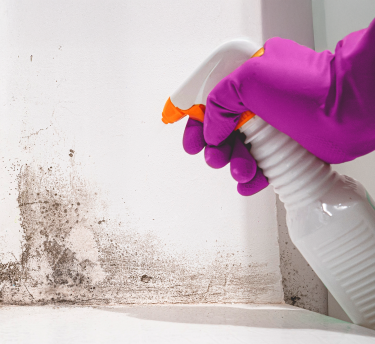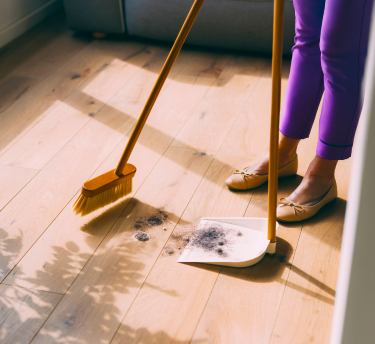A mould allergy is an allergic reaction to the presence of mould spores in the air.


How to know if you have a dust allergy?
Dust allergies are especially common in people who have a sensitivity to house dust mites. These tiny creatures live in many homes and can cause skin irritation and an allergic response in people with sensitive skin.1 Dust allergies are caused by the body's reaction to dust mite secretions, which attach to the dust itself and spread easily throughout the home. These particles that cause symptoms cause the body to release histamines, which have been linked to skin and respiratory conditions like year-round allergy.2
What are dust mites?
Dust mites are microscopic creatures that can be found in almost all homes and areas where people live and spend time.1
They’re a quarter of a millimetre long and difficult to see with the naked eye. Specific proteins found in their bodies, secretions, and faeces can cause allergic reactions in those who are susceptible. House dust mites (Dermatophagoides pteronyssinus) are the most prevalent kind of dust mite in Australian homes.4 They prefers coastal regions over inland ones.2Human allergies to this mite have been linked to skin and respiratory conditions like year-round allergies.1
How to know if you have a dust allergy?
If you think you may have a dust or dust mite allergy, it's important to consult a doctor. They will be able to test your skin for histamines and determine whether you have an allergy to dust or dust mites. If you do have an allergy, you will need to take steps to protect your health. This could include avoiding exposure to dust mites and using antihistamine medication to relieve symptoms.
Symptoms of a dust allergy
If you're experiencing any of the following symptoms, you may be allergic to dust3:
If you're experiencing any of the following symptoms and you think it might be a dust allergy, it's important to see a doctor for a diagnosis.
Dust mite allergies usually cause milder symptoms than hay fever (a pollen allergy) does. But they occur all year round, whereas hay fever is seasonal. The symptoms are typically worse at night and in the morning because dust mites tend to live in mattresses, pillows and bedding.2
Treating a dust mite allergy
If you're suffering from a dust mite allergy, you know that it's not a fun condition. Fortunately, there are treatments available that can help alleviate your allergy symptoms. Some treatments involve using antihistamines while others involve using air filters or vacuum cleaners to remove the dust mites from the environment. Whichever treatment strategy you choose, be sure to follow the instructions carefully to avoid any adverse effects. And if you still experience symptoms after using a treatment, talk to your doctor about other options. In the meantime, keep your allergy symptoms in check by following these tips for preventing a dust mite allergy2:
To find out more about common over‐the‐counter allergy treatments available for dust mite allergies, visit your local pharmacy.
Related articles